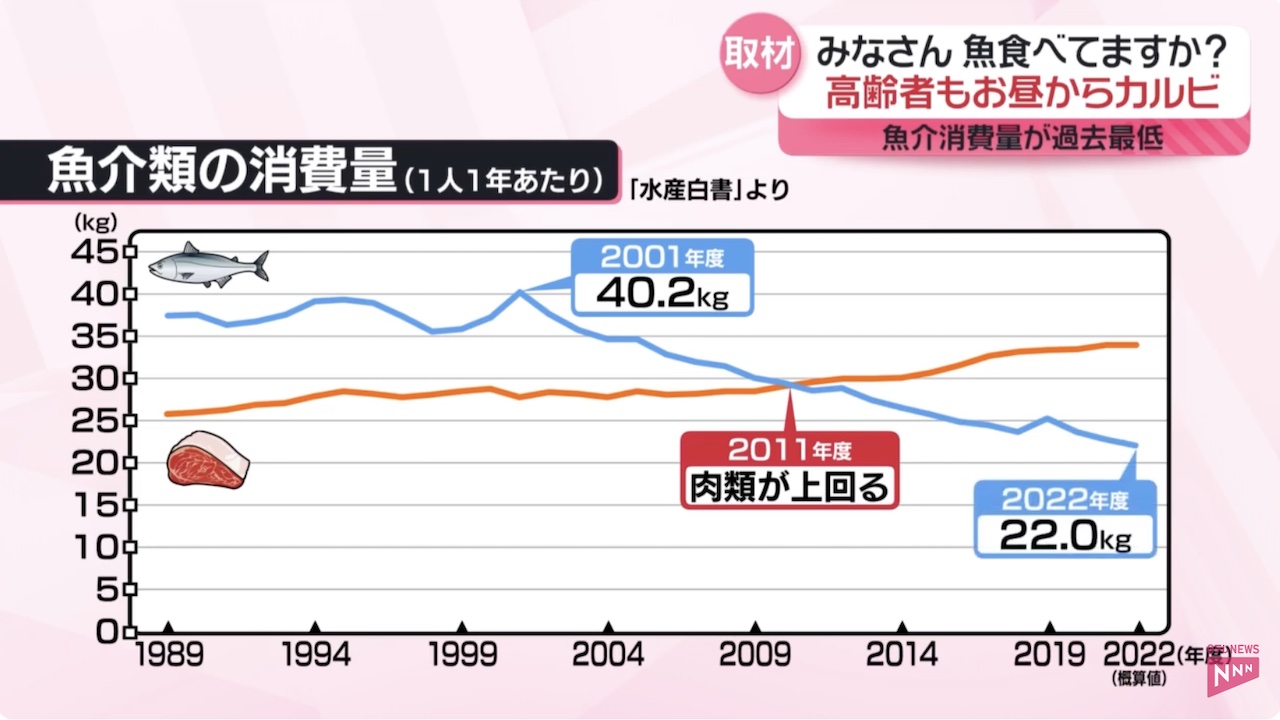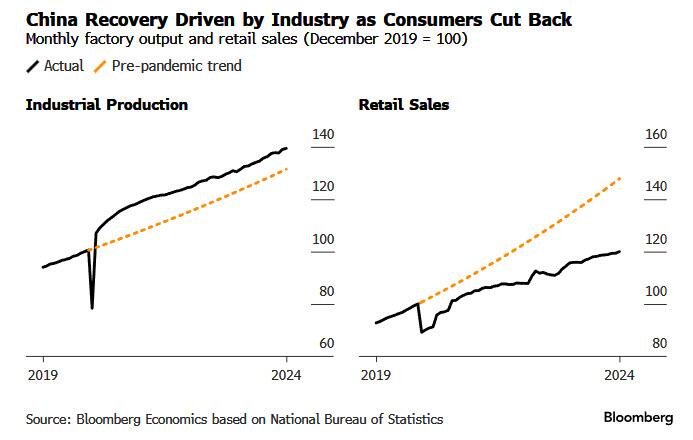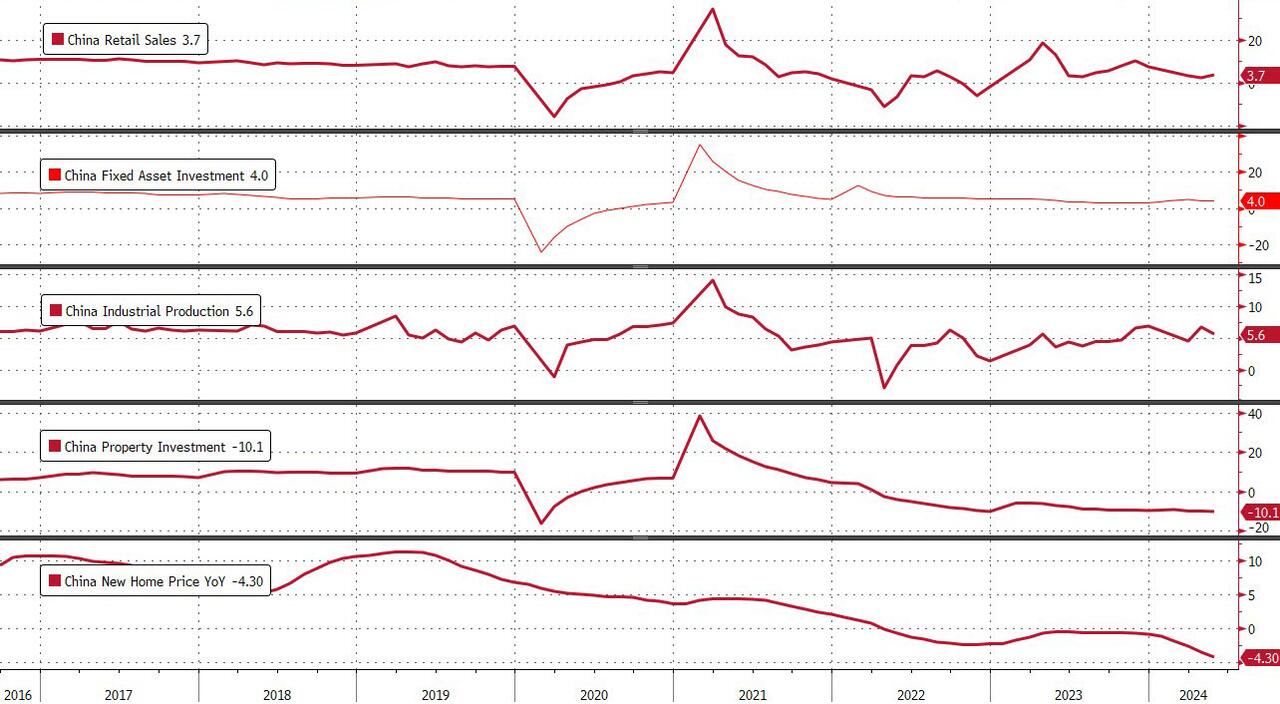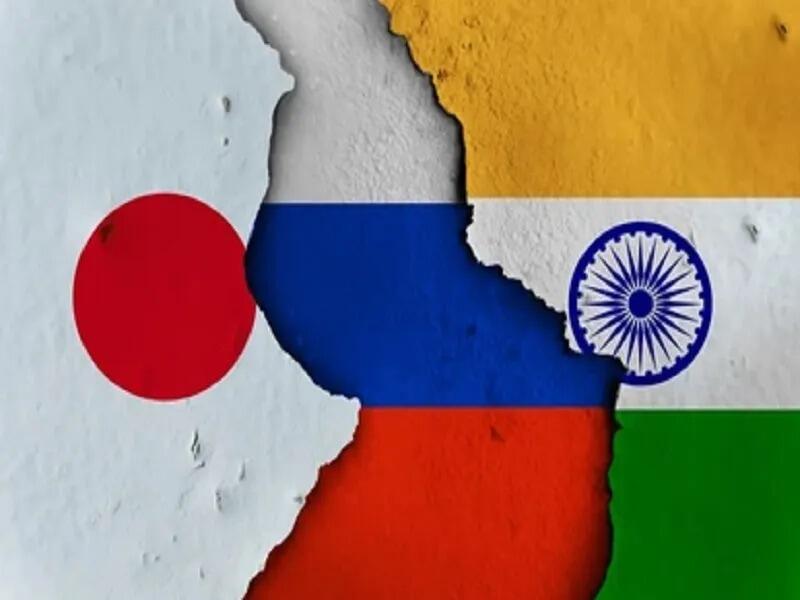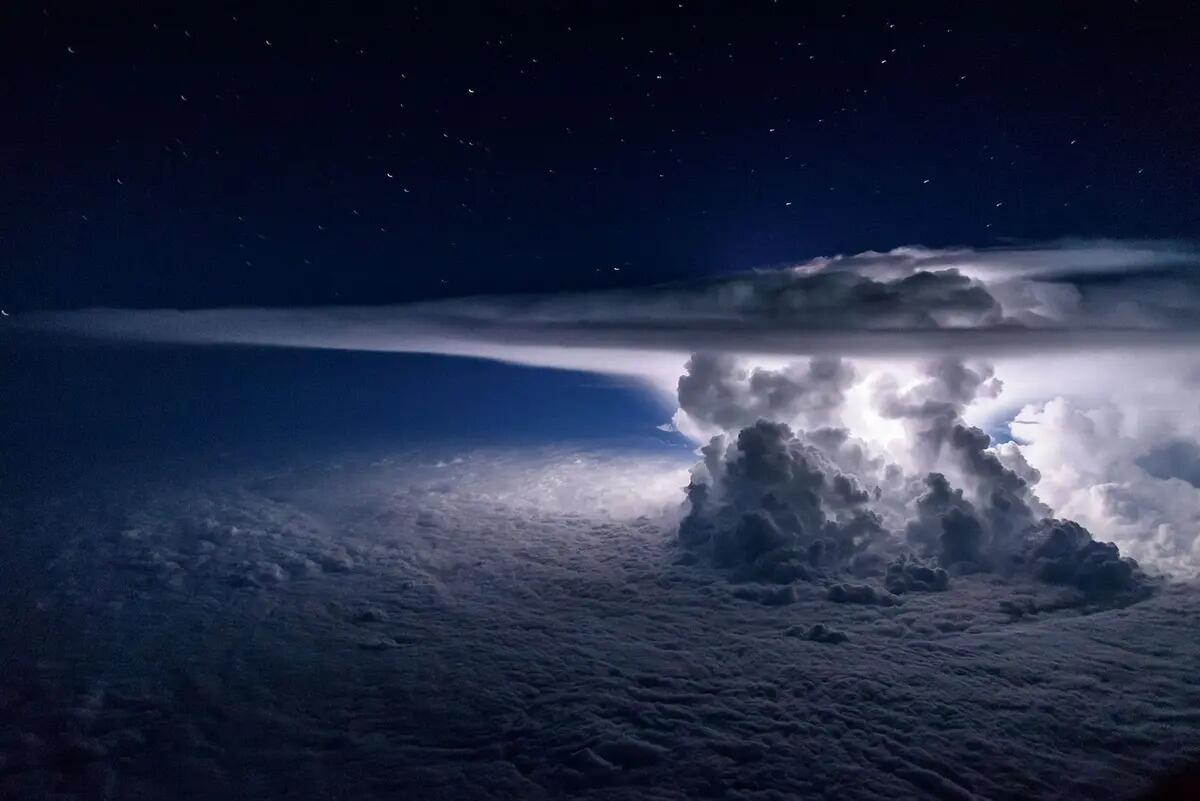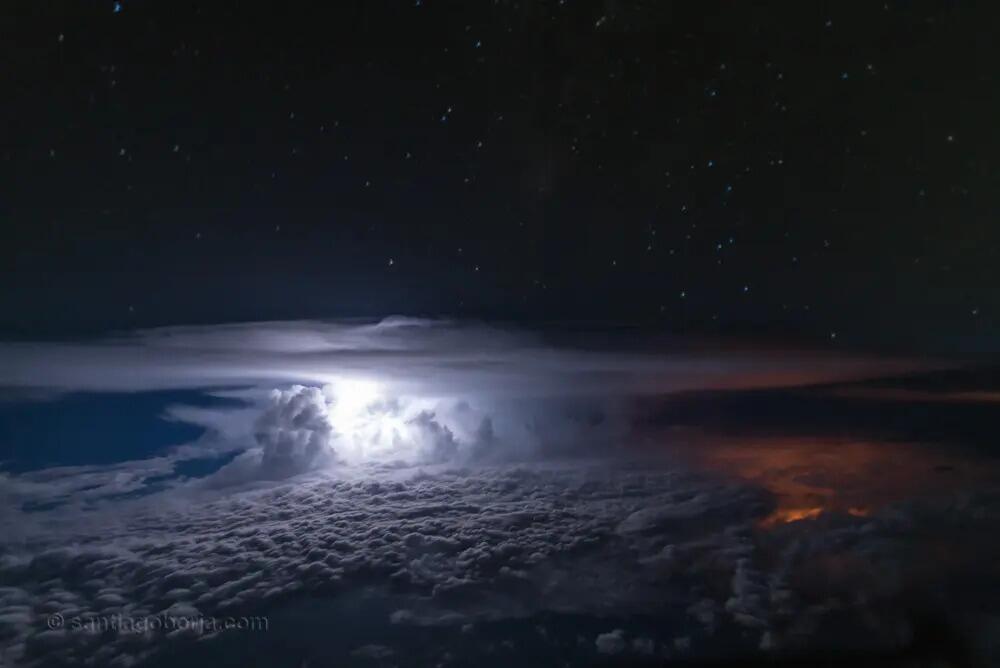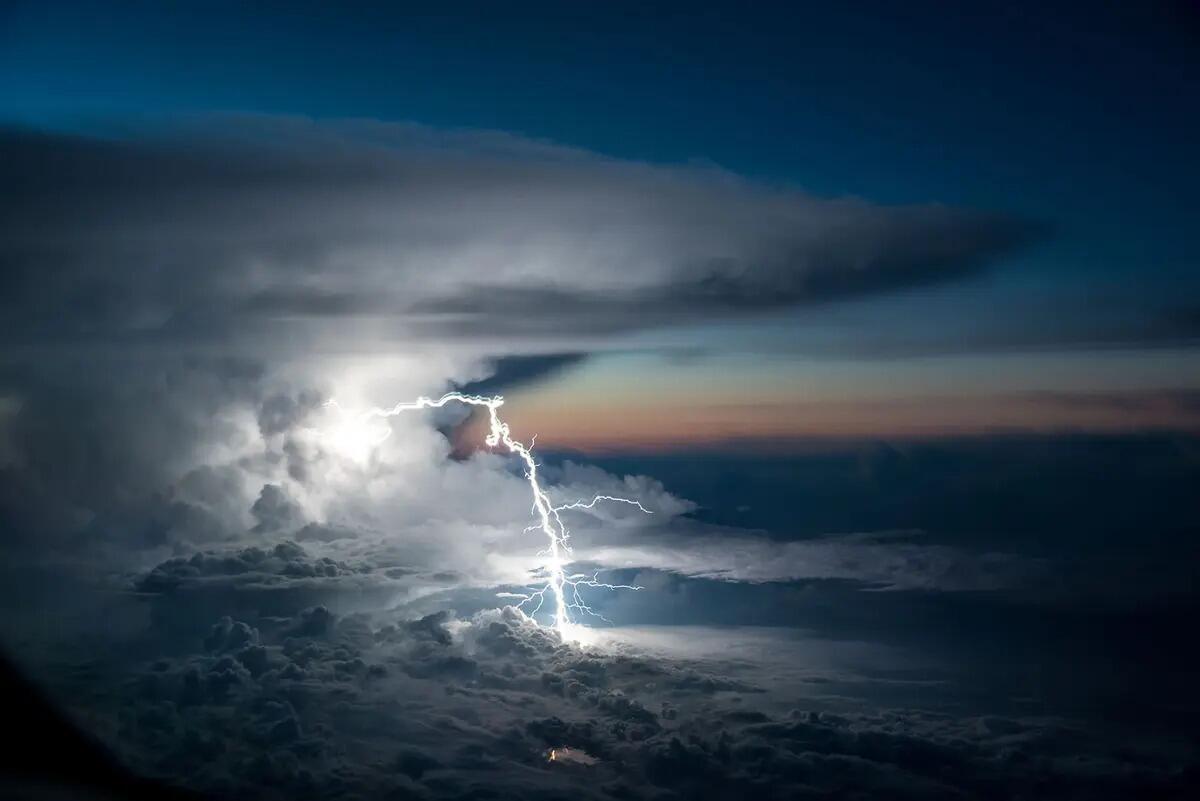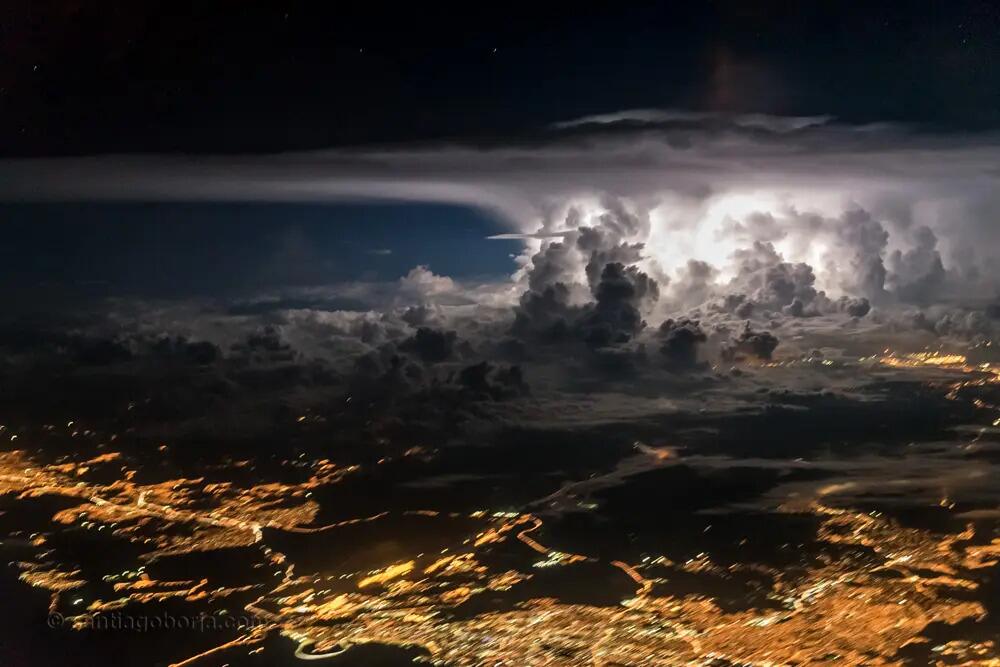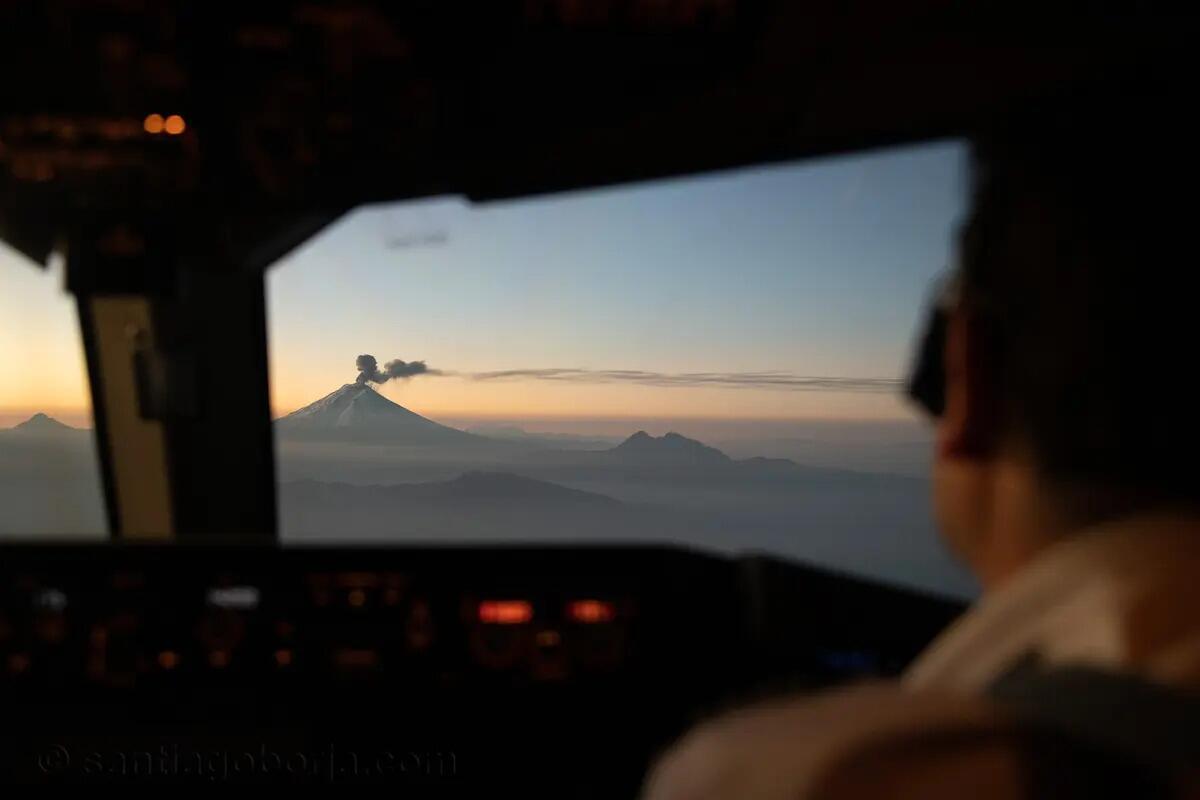Cosmology has a problem! The Universe doesn't behave as we expected. In particular, galaxies do not rotate according to Newtonian principles! This is huge because it shows that we understand much less than we thought we did. We invented "Dark Matter" to deal with this inconvenience but in the end, it looks more and more like Dark Matter will join the Ether in the black hole of discarded ideas. This is both a disappointment and an exhilarating time to be alive. (see below)
But this is not all. The James Webb telescope is on the verge of finding fully formed galaxies far too close to the origin of the Universe. They should not have had enough time to form. The days of the Big Bang theory may be numbered. But in reality they already were long ago. It has been a well known secret that some stars look uncannily older than the Universe by at least one and sometimes two billion years or more. How could this be? I remember a time not so long ago when we expected the Universe to be at least 15 billion years old because that was the estimated age of the oldest red dwarf stars. So it came as a shock when suddenly the consensus based on the calculation of the cosmic constant settled on 13.7 billion years. That was simply not enough time! We had a Benjamin Button problem! Scientists have been trying to fill this gap for the last 20 years to no avail.
Einstein once said about the Universe that the most extraordinary thing was that it was understandable. But is it? Or are our theories just weak approximations of a strangely complex underlying reality?

Rotation Curves of Galaxies Stay Flat Indefinitely
In his classic book On the Structure of Scientific Revolutions, the philosopher Thomas Kuhn posited that, for a new scientific framework to take root, there has to be evidence that doesn’t sit well within the existing framework. For over a century now, Einstein’s theory of relativity and gravity has been the existing framework. However, cracks are starting to show, and a new paper from researchers at Case Western Reserve University added another one recently when they failed to find decreasing rotational energy in galaxies even millions of light years away from the galaxy’s center.
Galaxies are known to rotate – even our solar system travels in a circle around the center of the Milky Way galaxy at around 200 km per second, though we can’t perceive any motion on human time scales. According to Newtonian dynamics, this rotational speed should slow down the farther away a star is from the center of a galaxy. However, observations didn’t support this, showing that the speed kept up no matter how far away the star is.
That led scientists to create another force impacting the speed of rotation of the farthest-out stars. Today, we commonly call it dark matter. However, scientists have also spent decades trying to puzzle out what exactly dark matter is made of and have yet to come up with a coherent theory.
Credit – Anton Petrov YouTube Channel
But in some cases, even the existence of dark matter as we know it doesn’t match the observational data. Dr. Tobias Mistele, a post-doc at Case, found that the rotational speed of galaxies doesn’t drop off, no matter how far out they are and no matter how long they’ve been doing so. This data flies in the face of a traditional understanding of dark matter, where its gravitational influence is felt by a “halo” surrounding the dark matter itself. Even these dark matter halos have an effective area. Dr. Mistele and his co-authors found evidence of maintained rotational speed that should be well outside the sphere of influence of any dark matter halo existing in these galaxies.
To collect this data, the authors used a favorite tool of cosmologists – gravitational lensing. They collected data on galaxies that were far away and had their light amplified by a galaxy cluster or similarly massive object that was nearer. When collecting the data, Dr. Mistele analyzed the speed of rotation of the stars in a galaxy and plotted it against the distance of those stars from the galaxy’s center. This is known as a “Tully-Fisher” relation in cosmology.
The result was an almost perfectly straight line – the rotational speed of stars in a galaxy did not seem to diminish with distance from the galaxy’s center, as both traditional Newtonian dynamics and relativity via dark matter predicted it would. So, what alternative explanations are there?
Credit – Nora’s Guide to the Galaxy YouTube Channel
Paper co-author Stacy McGaugh points out in a press release that one theory in physics accurately predicted the data his team had collected—the modified Newtonian Dynamics (or MOND) theory. Designed explicitly to account for things like galaxy rotations, MOND was developed in 1983 and remains controversial to this day. It struggles with things like the gravitational lensing with which the paper’s data was collected.
That disconnect points to the need for a deeper understanding of gravity – what Kuhn called a “crisis,” which many cosmologists already believe is afflicting the discipline. While there is no current consensus on what might resolve that crisis, the evidence is mounting for the need for resolution. If we’re truly going to understand our place in the universe, we will eventually need to figure out a solution – it just might take a while.
Learn More:
CWRU – New,
groundbreaking research shows that rotation curves of galaxies stay
flat indefinitely, corroborating predictions of modified gravity theory
as an alternative to dark matter
Mistele et al. – Indefinitely Flat Circular Velocities and the Baryonic Tully-Fisher Relation from Weak Lensing
UT – Will Wide Binaries Be the End of MOND?
UT – New Measurements of Galaxy Rotation Lean Towards Modified Gravity as an Explanation for Dark Matter
UT – The Earliest Galaxies Rotated Slowly, Revving up Over Billions of Years

